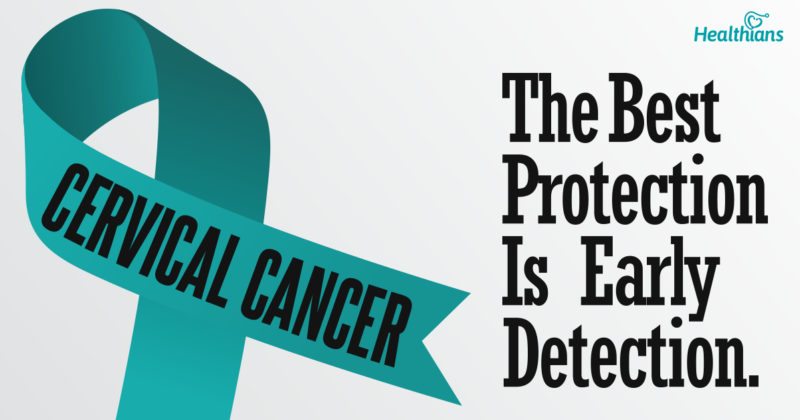
Reproductive Health Victories
This week has seen an onslaught of negative health news from the United States and around the world. Crisis pregnancy centers in the United States are now allowed to withhold legally available medical options, women in Guam no longer have access to abortion services, and we continue to see daily impacts from the reinstatement of the global gag rule and hear reports of lack of access to reproductive health services from women in refugee camps. It’s easy to get depressed from the seemingly impenetrable amount of work that needs to be done to protect the health and human rights of people around the world. But that’s exactly what we need to do. We need to dig deep, understand the depth of the problems, and develop new partnerships and solutions. I’d like to highlight some exciting news from this past week of just that: people digging deep and developing new solutions to positively impact the health and rights of people across the world. Preventing...






